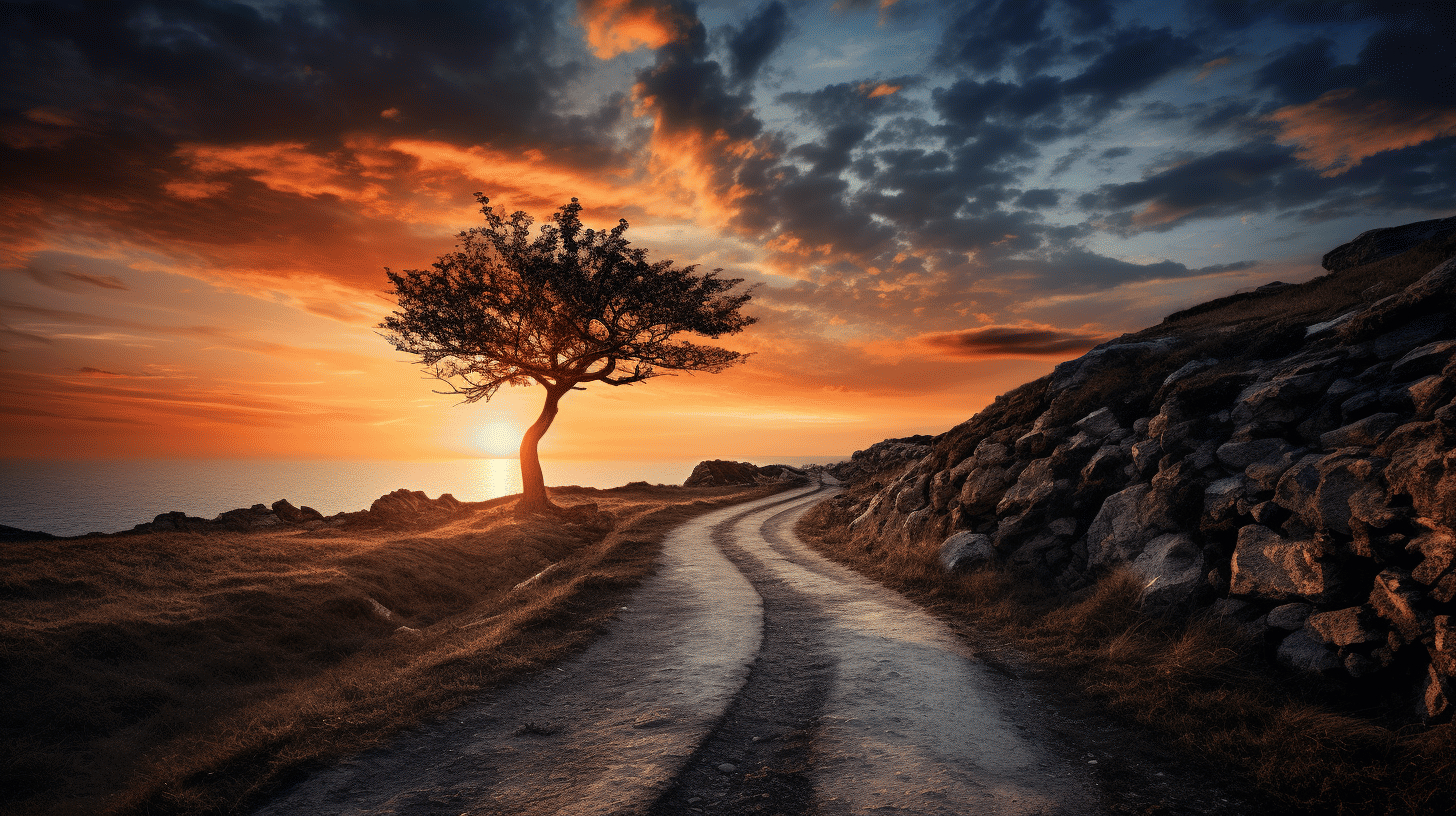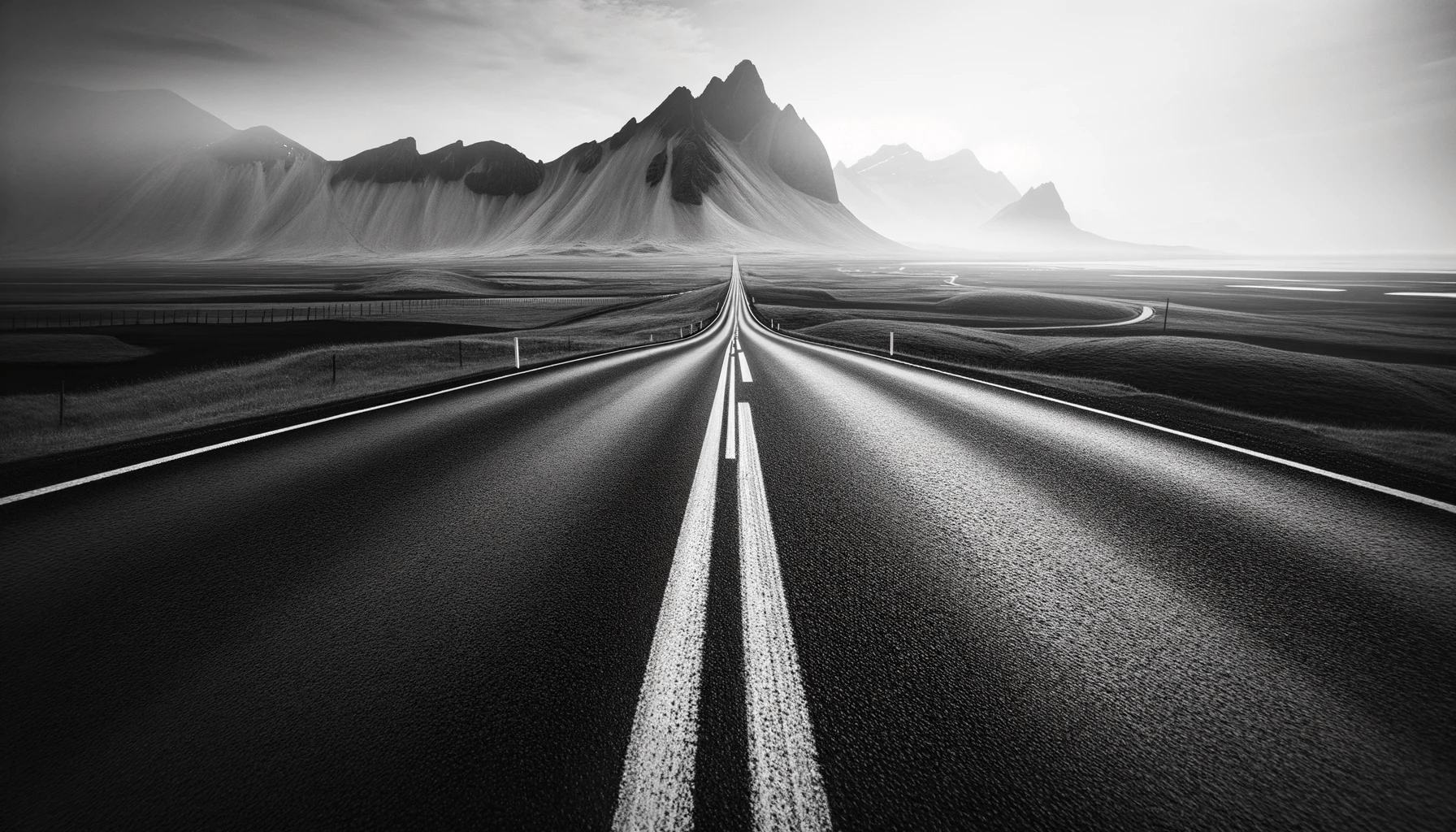Well now, if you’re out there with your camera, snapping pictures down that ol’ country lane, you might be wonderin’ how to make those photos look even better. Ya know, when it comes to photography, there’s somethin’ called “leading lines” that can really change the way your pictures turn out. Don’t get me wrong, I ain’t talkin’ about some fancy technical thing you need a degree for—just a simple way to make your pictures look like they got a little more life to ’em.

What Are Leading Lines in Photography?
Now, before we get too deep into it, let’s talk about what this “leading lines” thing is. It’s just a fancy way of sayin’ that you use lines in your picture to guide the viewer’s eyes towards somethin’ important. These lines can be roads, fences, rivers, or even somethin’ as simple as the shadows on a dirt path. They work like a trail, leadin’ the eyes straight to the heart of your photo.
In the old days, we might’ve just snapped a picture of our chicken coop or the barn. But now, with a little know-how, you can make those everyday sights really pop by usin’ these lines. It makes the photo more interesting, see? It ain’t just about takin’ a snapshot, it’s about tellin’ a story.
Types of Leading Lines
So, there’s more than one kind of line to look for when you’re out with your camera. You ain’t stuck with just one option. Here’s a few you might find:
- Straight Lines: The simplest kind, like a fence row or a road that stretches far ahead. These lines pull the viewer’s eyes straight toward your subject, whether it’s a tree at the end of the lane or the ol’ farm house.
- Curved Lines: Sometimes, the best way to lead someone’s eye is to make the line curve. It adds a little twist to the photo, like a winding path or a river bend. These lines make the viewer’s eye follow the curves and wonder where it’ll lead next.
- Diagonal Lines: Now, diagonal lines can be powerful. They slant across the image and can give it a real sense of depth. Think of the slope of a hill or a crooked fence.
- Converging Lines: These are when two lines come together in the distance, like a road or train track. It creates this feeling like you’re movin’ toward somethin’ big, like a new chapter in a story.
How to Use Leading Lines in Photography
Now, you might be askin’, “Alright, how do I use these lines in my pictures?” Well, it’s simpler than you think. First thing you wanna do is look for these lines in your surroundings. You’d be surprised how many there are, even in the most ordinary places. The path you walk down to the barn, the fence at the edge of the field, or even the lines on a dirt road—these can all be leading lines.
Once you spot a line, you want to think about how it can point towards your main subject. The main thing is that the lines should naturally guide the viewer’s eyes to that subject, whether it’s a person, a tree, or even an old wagon in the field. The lines should flow towards your subject, not away from it. If you get this part right, your photo will feel balanced, like everything is in its place.
Play Around with Your Angles
One thing I learned is that sometimes you gotta change up your angle to make them lines work for you. Don’t just stand there in the same ol’ spot every time. Maybe step to the side, crouch down, or climb up on a little hill to get the best angle. The beauty of leading lines is that they can look different from every spot you stand in. Sometimes, getting low to the ground gives you a whole new perspective, or standing on a rock gives the photo more depth.
But remember, you don’t need perfect, straight lines all the time. Nature’s got a way of creatin’ lines that don’t follow no rulebook, and that’s fine. A crooked path or a broken fence can add charm to a photo, too. It’s all about how you use what’s there.
Use the Right Lighting
Now, I know not everyone has fancy studio lights, but that don’t mean you can’t use what the good Lord gave ya. The time of day makes a big difference in how those lines show up in your pictures. Early in the mornin’ or late in the evening, when the sun’s low, you’ll get shadows that really make those lines pop. The light will add a depth to your photo, like the lines are reachin’ out to grab you.
And if it’s a cloudy day, that can be good too. The soft light helps bring out details without too much contrast. It’s all about what works best for your scene.
Why Leading Lines Matter

So, why bother with all this leading lines stuff? Well, it’s simple. They help tell a story. They give your photo structure and guide the viewer to the most important part. Without these lines, your photo might look all scattered, with no real focus. Leading lines tie everything together and make the photo feel like it has a purpose. It’s like when you’re tellin’ a story and you need a good beginning, middle, and end. The lines give the story a flow.
Plus, leading lines can make a photo look like it’s got more depth. Take a picture of a field, for example. If you just snap it without any lines, it might look flat. But if you include a path or a fence that runs across the picture, it gives the viewer the sense that they’re lookin’ into the distance, seein’ more than just what’s in front of ’em.
So, next time you’re wanderin’ down that ol’ country lane, or takin’ pictures around your farm, think about how you can use the lines around you. They don’t have to be perfect, but they sure can help make your pictures look a whole lot better.
Tags: [Leading Lines Photography, Photography Techniques, Landscape Photography, Photography Tips, Rural Photography]
